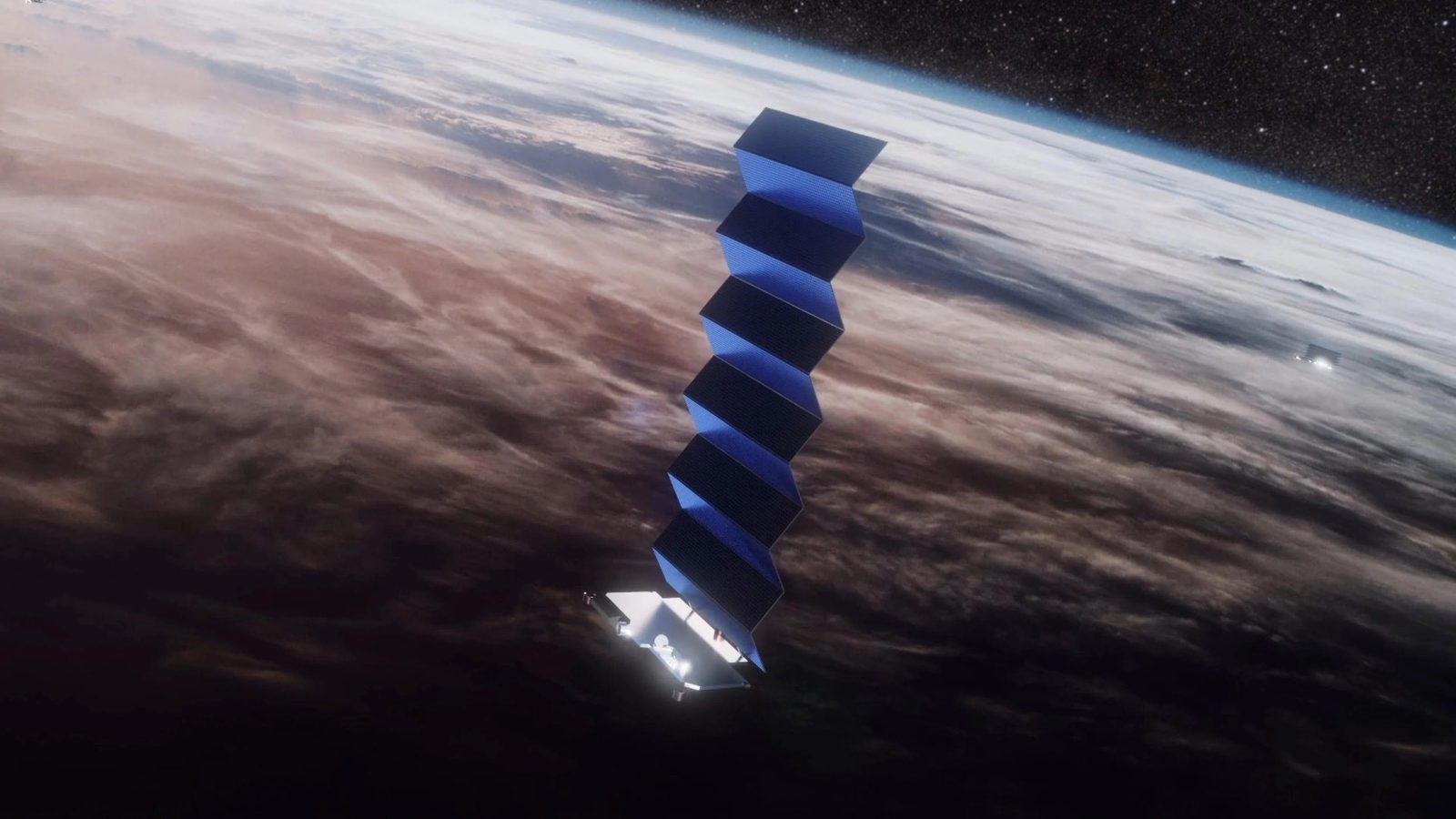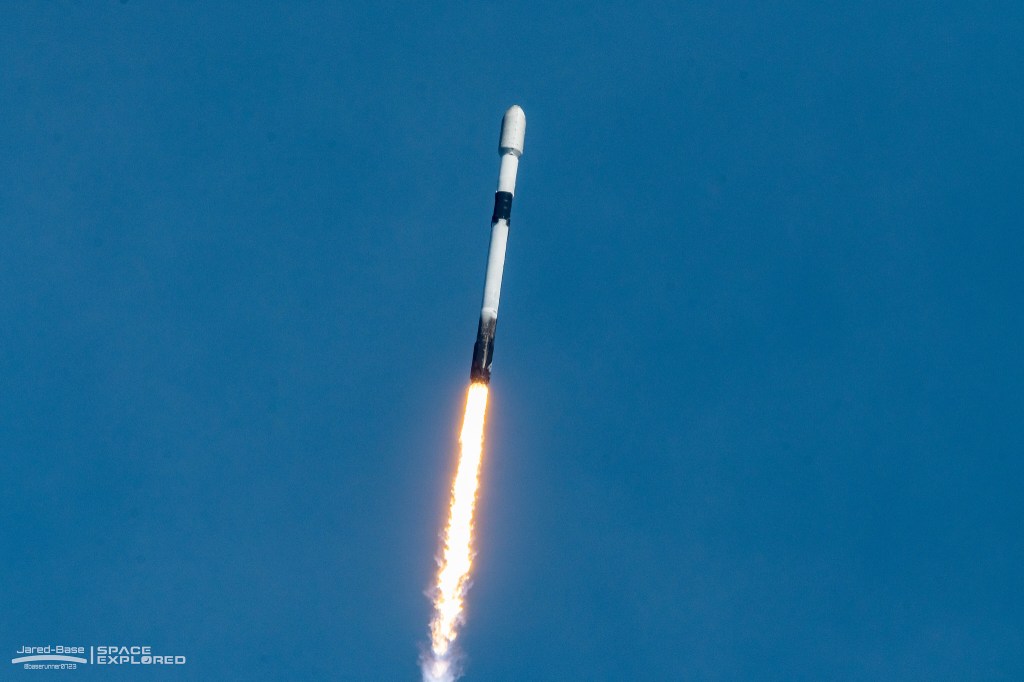
Last week, SpaceX launched Starlink 4-7, carrying 49 satellites into low Earth orbit. Now, up to 40 of those satellites are a complete loss, as a result of a geomagnetic storm.
The launch occurred from LC-39A at Kennedy Space Center in Florida on Thursday, then on Friday, the geomagnetic storm hit
A geomagnetic storm is when the Earth’s magnetosphere is impacted by solar wind.
Friday’s storm increased the heat in the atmosphere, and therefore an increase in the density. SpaceX’s Starlink satellites deploy at a much lower altitude than they operate at, and require orbit raising maneuvers.
This tends to be advantageous, as any satellite that experiences issues will deorbit over time, preventing space junk, but this also means the orbit of the satellites will decay much more quickly before the orbit-raising maneuvers are performed.
In an update on SpaceX’s website, the company said:
In fact, onboard GPS suggests the escalation speed and severity of the storm caused atmospheric drag to increase up to 50 percent higher than during previous launches. The Starlink team commanded the satellites into a safe-mode where they would fly edge-on (like a sheet of paper) to minimize drag—to effectively “take cover from the storm”—and continued to work closely with the Space Force’s 18th Space Control Squadron and LeoLabs to provide updates on the satellites based on ground radars.

Even in that “safe-mode,” the increase in atmospheric drag was too much, and many of the satellites were unable to leave the mode to raise their orbit, and “up to 40 of the satellites will reenter or already have reentered the Earth’s atmosphere.”
SpaceX notes that these reentering satellites pose no risk to other satellites in orbit and that this low-altitude deployment was designed specifically to prevent the creation of space junk.
While it is good that no other satellites will be put at risk, and these reentries are all safe maneuvers, it is no doubt extremely disappointing for the teams at SpaceX. The company spent tens of millions of dollars building and launching the satellites, and now many from this most recent launch have been lost. Yet, this is still a plus side of an LEO constellation rather than a geostationary satellite. No doubt, in just a short period of time the company will be ready with another launch to continue to build out the internet service.
FTC: We use income earning auto affiliate links. More.




Comments